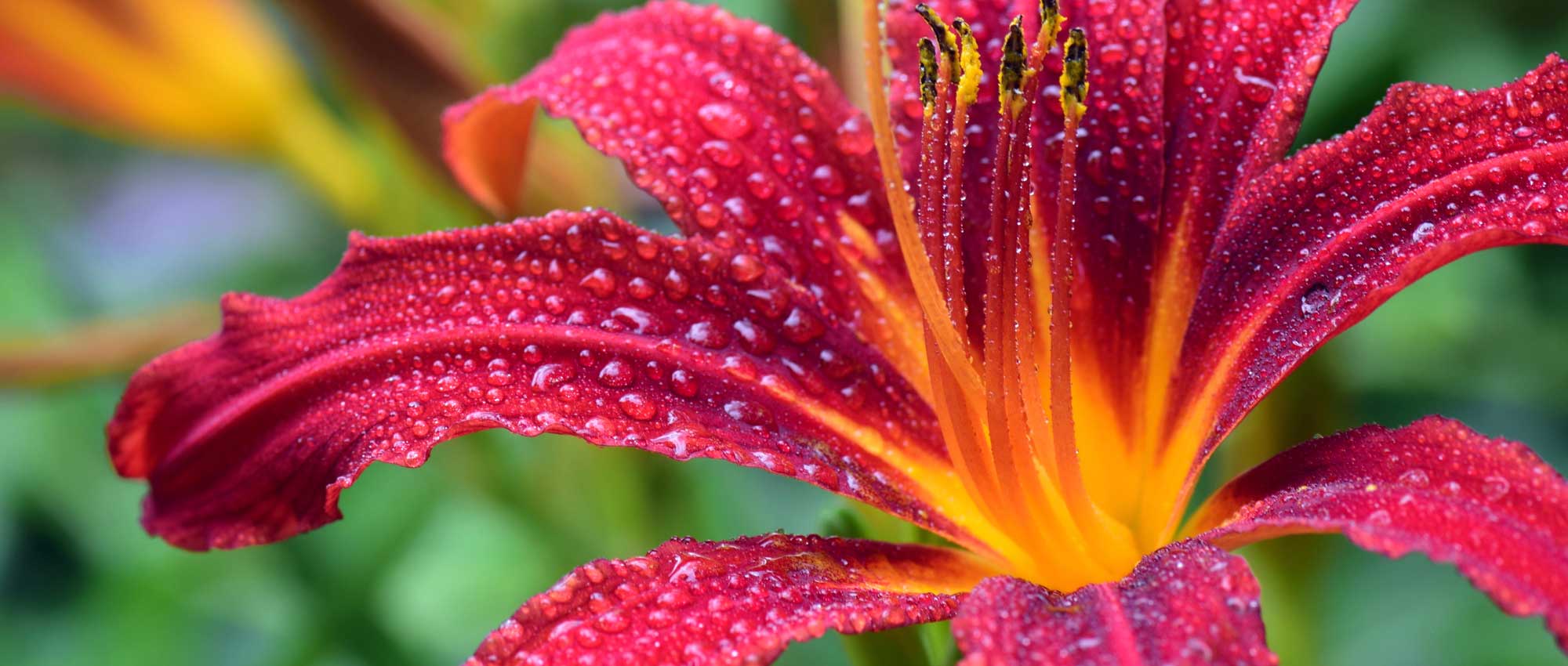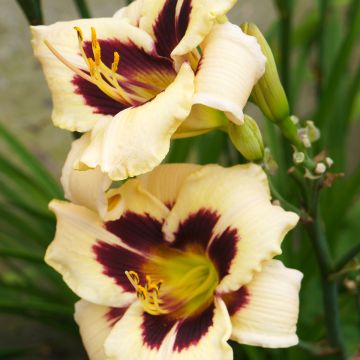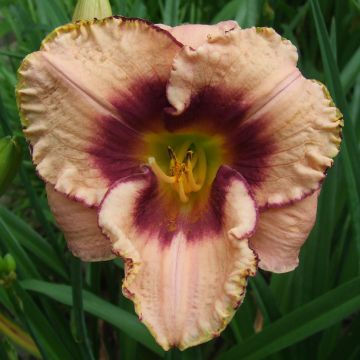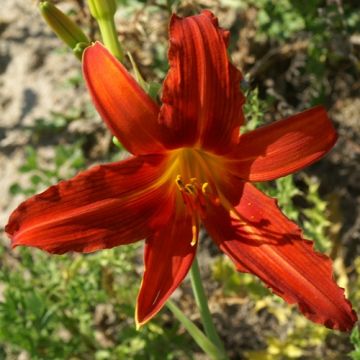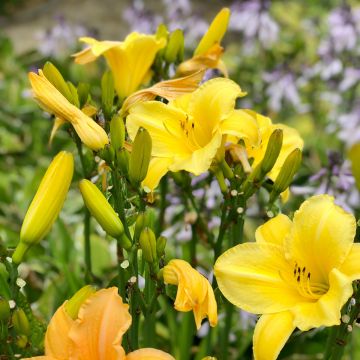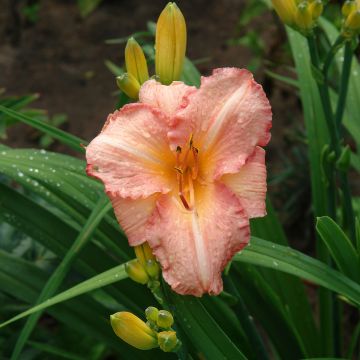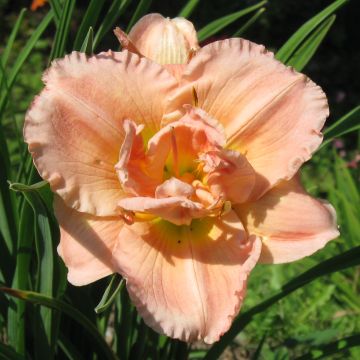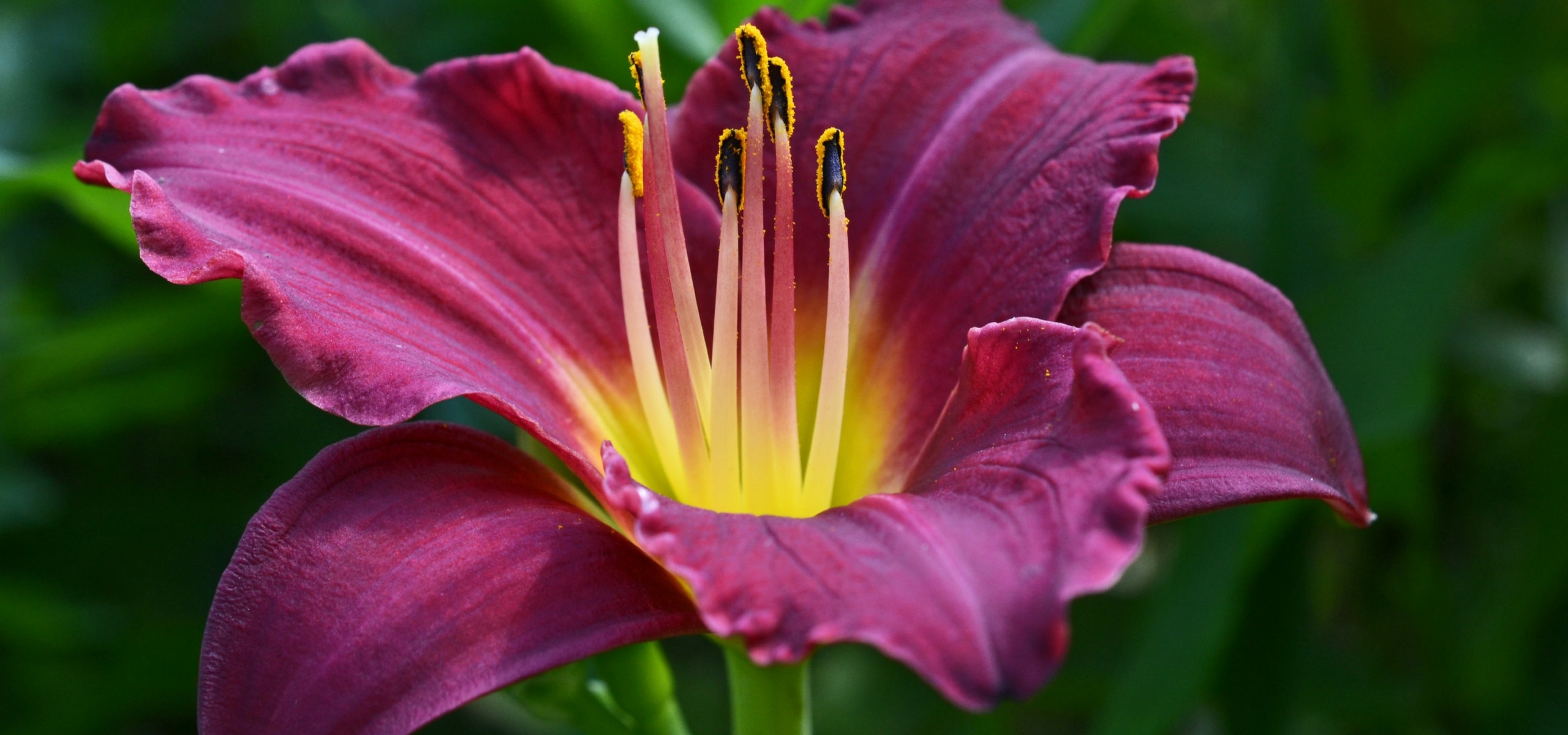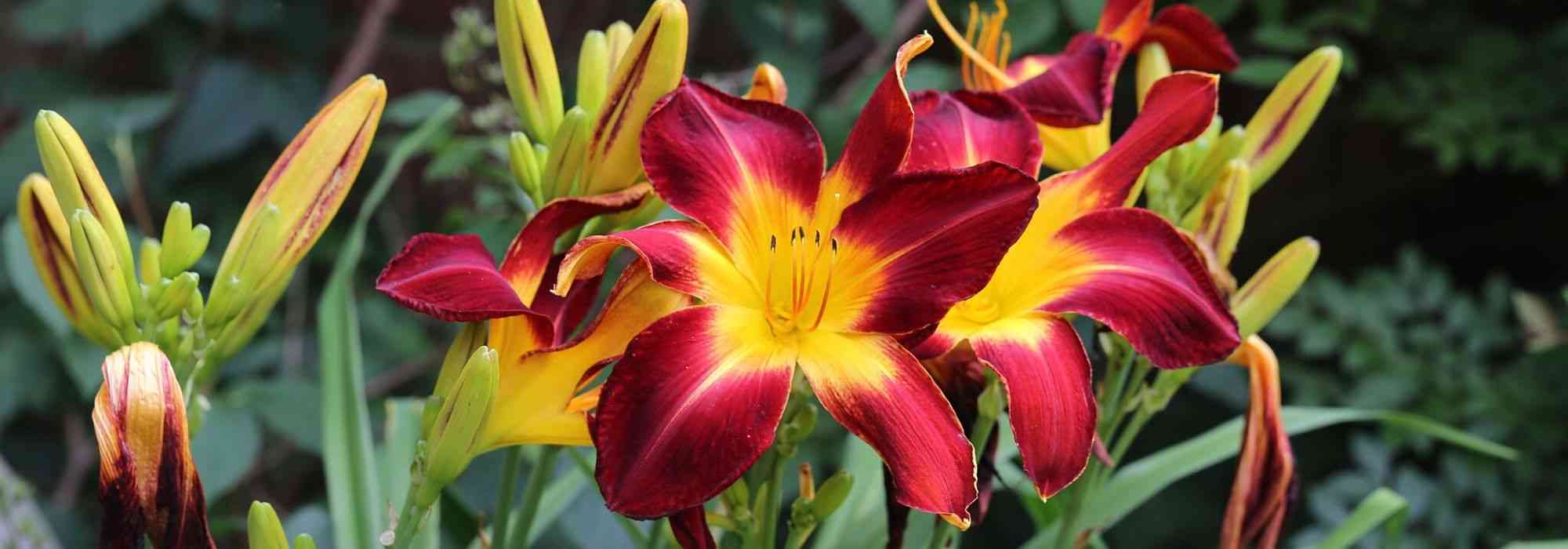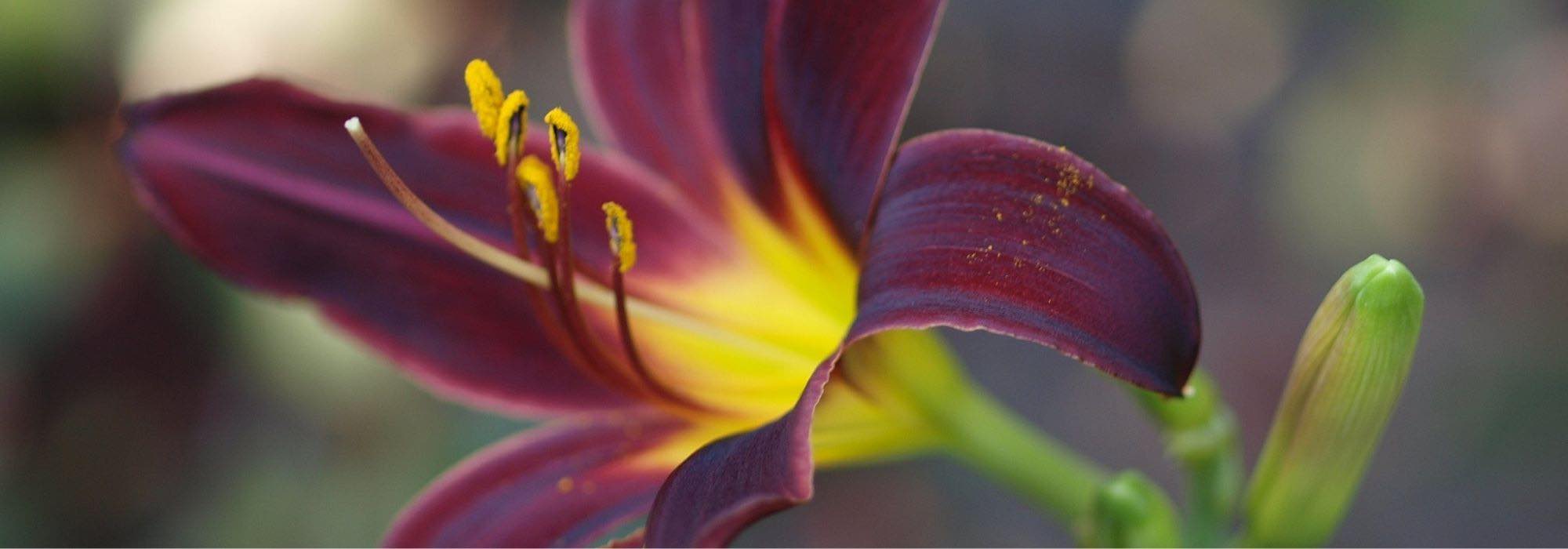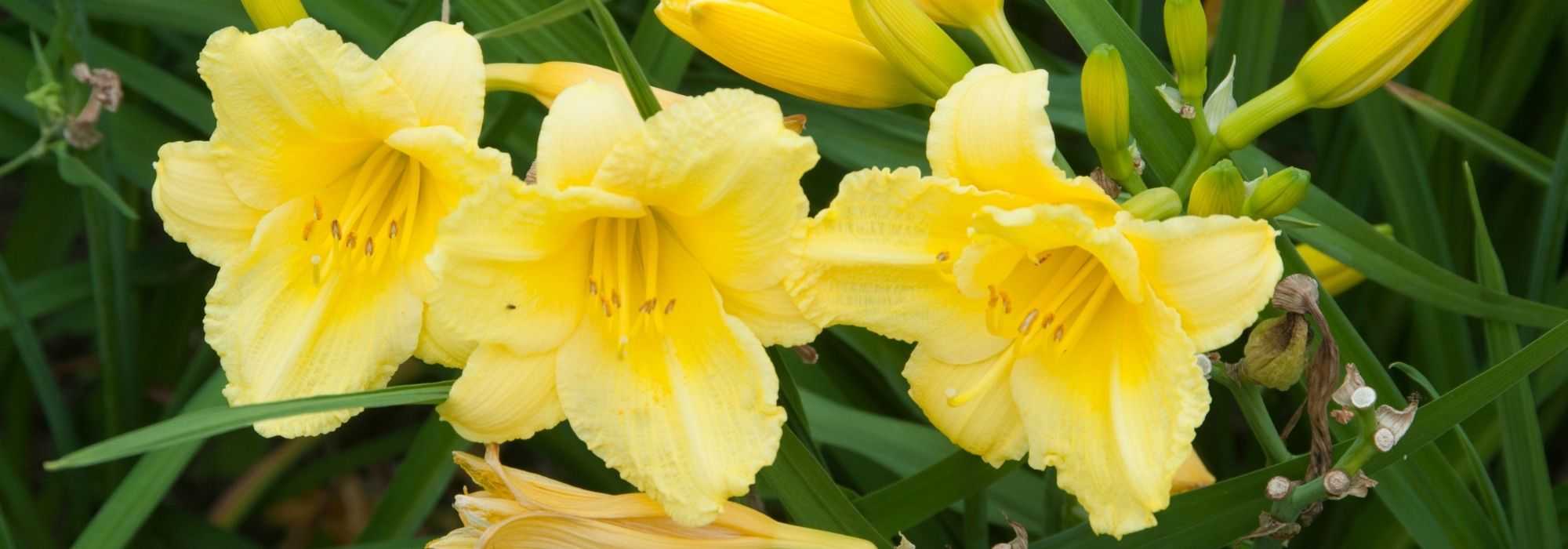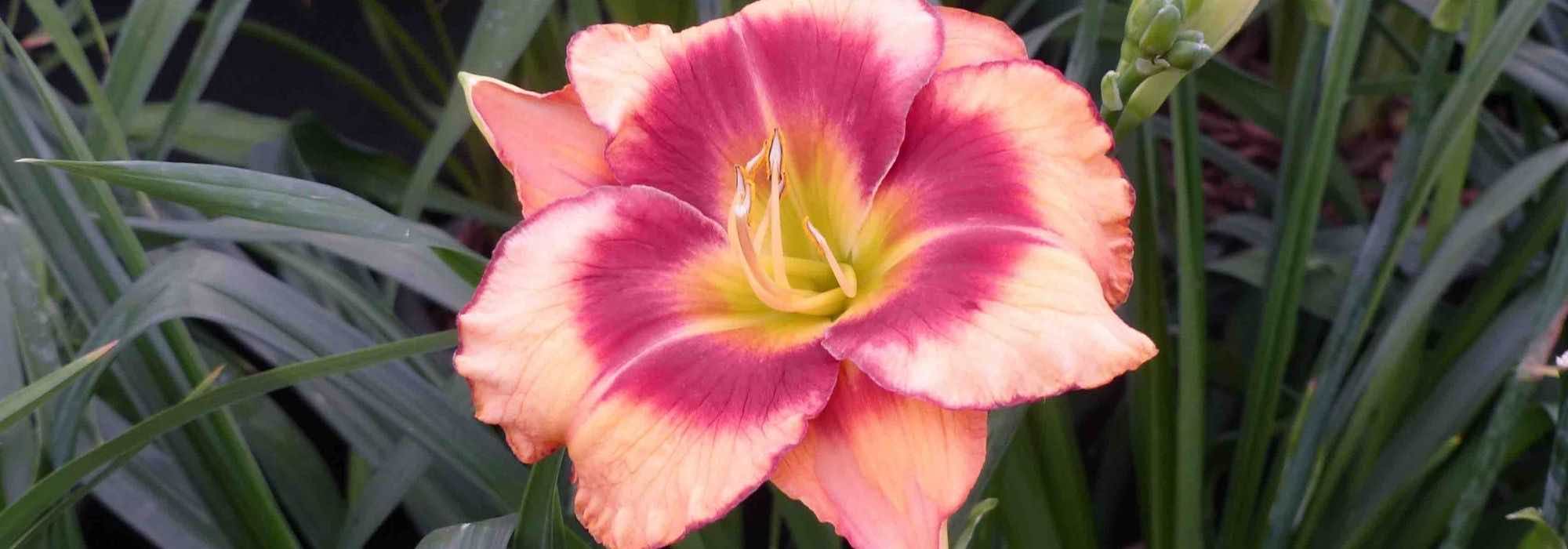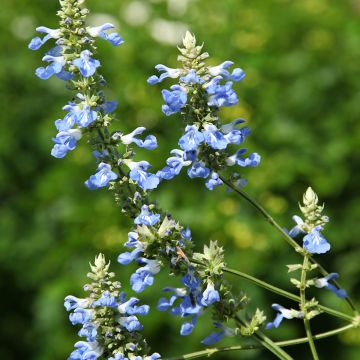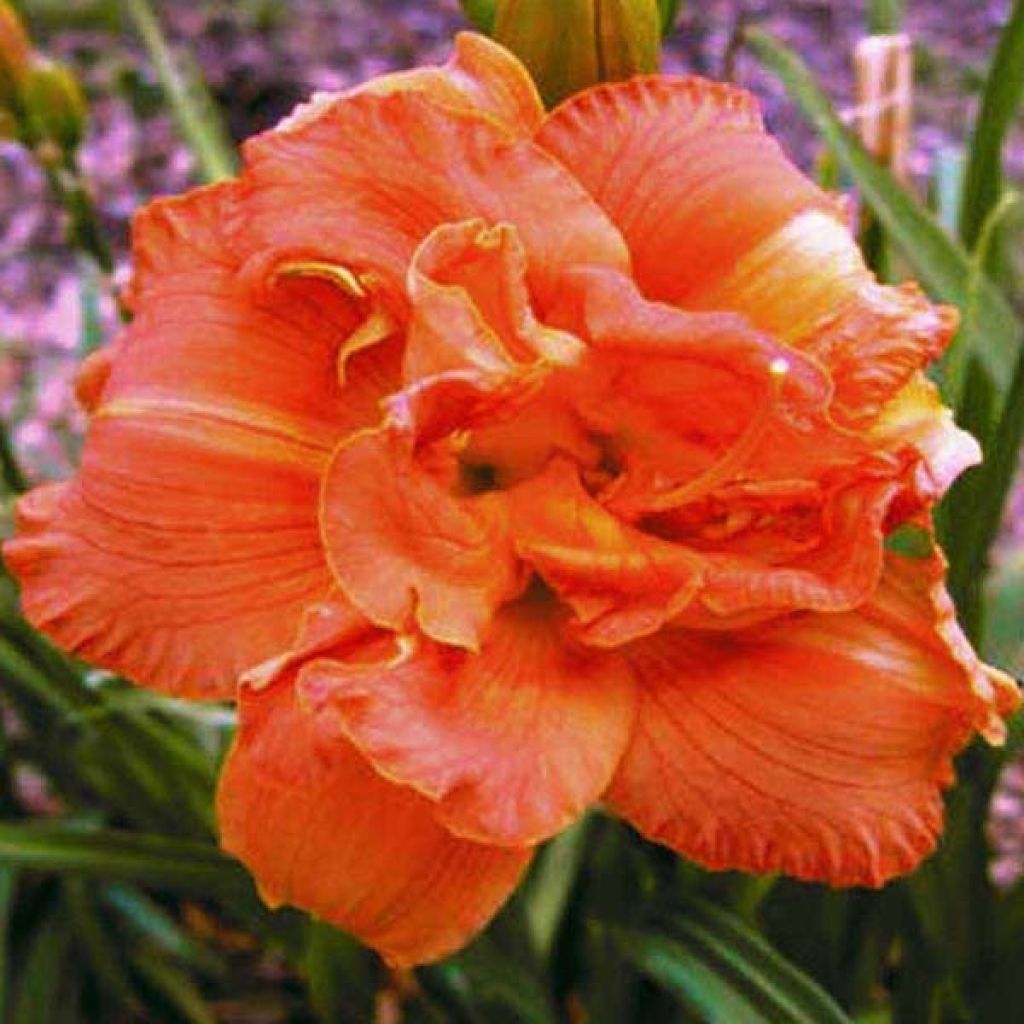

Hémérocalle Rose Corsage
Hemerocallis Rose Corsage - Daylily
Hemerocallis Rose Corsage
Daylily
Special offer!
Receive a €20 voucher for any order over €90 (excluding delivery costs, credit notes, and plastic-free options)!
1- Add your favorite plants to your cart.
2- Once you have reached €90, confirm your order (you can even choose the delivery date!).
3- As soon as your order is shipped, you will receive an email containing your voucher code, valid for 3 months (90 days).
Your voucher is unique and can only be used once, for any order with a minimum value of €20, excluding delivery costs.
Can be combined with other current offers, non-divisible and non-refundable.
Home or relay delivery (depending on size and destination)
Schedule delivery date,
and select date in basket
This plant carries a 12 months recovery warranty
More information
We guarantee the quality of our plants for a full growing cycle, and will replace at our expense any plant that fails to recover under normal climatic and planting conditions.
Does this plant fit my garden?
Set up your Plantfit profile →
Description
The 'Rose Corsage' Daylily is a perennial with an upright habit. It constantly repeat flowers from May to September, with the flowers at their peak during very hot weather. The daylily is called Hemerocallis or Daylily because its flowers only last for one day, but the plant produces many stems with a minimum of 12 flowers. The stems are tall, upright or arching. The large, fragrant flowers of the 'Rose Corsage' are double. They have undulate-edged petals, which are pink with a yellow-green throat. The petals have cream veins. The reblooming flower is eye-catching and rises above the foliage.
The foliage consists of numerous evergreen green leaves. They appear in early spring and last until winter. The leaves are arching and ribbon-like in shape. The foliage forms a clump. At maturity, the 'Rose Corsage' Daylily reaches a height and spread of 50 cm (20in). Native to China, Korea, and Japan, it is very hardy. It naturally grows in forest edges, meadows, as well as mountainous and marshy areas.
This ornamental plant forms a lovely ground cover due to its dense foliage. It is also suitable for perennial borders and alongside bushes, such as along a wall. It pairs well with tulips and daffodils. Additionally, it can be planted in flower beds and mixed borders. It is a plant that can be grown in large pots. It is commonly found in American gardens. This daylily attracts hummingbirds. In winter, it enters a period of dormancy.
Hemerocallis Rose Corsage - Daylily in pictures
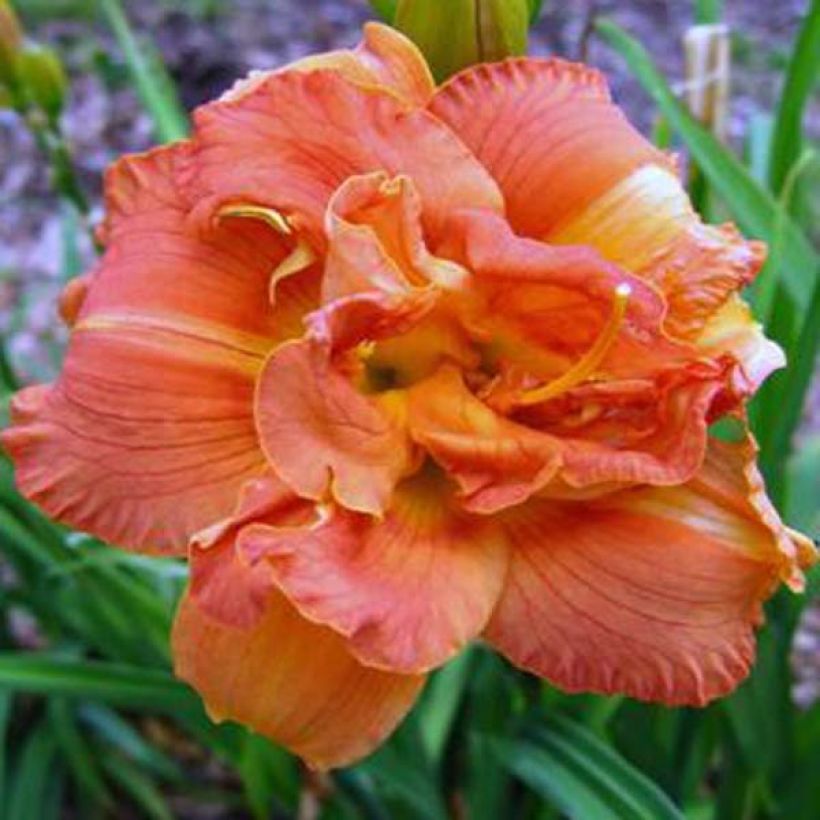

Flowering
Foliage
Plant habit
Botanical data
Hemerocallis
Rose Corsage
Hemerocallidaceae
Daylily
Cultivar or hybrid
Other Hemerocallis - Daylilies
View all →Planting and care
Daylilies thrive in sunny locations. It's best to avoid dry or excessively shaded areas as they can limit the plant's ability to flower. To ensure proper growth, plant daylilies in fertile, moist, and well-drained soil. Water them thoroughly once or twice a week until flower buds appear, and apply liquid fertiliser every two to three weeks. Once the buds appear, the soil can be allowed to become slightly dry between waterings. These plants are easy to grow and can be mulched in November or March. Keep in mind that daylilies are prone to rust and collar rot in areas of high humidity and temperatures over 30°C (86°F). In periods where the temperature frequently alternates between freezing and thawing, bacterial rot of stems and leaves may occur. Additionally, slugs and snails may attack young shoots.
Planting period
Intended location
Care
Planting & care advice
This item has not been reviewed yet - be the first to leave a review about it.
Similar products
Haven't found what you were looking for?
Hardiness is the lowest winter temperature a plant can endure without suffering serious damage or even dying. However, hardiness is affected by location (a sheltered area, such as a patio), protection (winter cover) and soil type (hardiness is improved by well-drained soil).

Photo Sharing Terms & Conditions
In order to encourage gardeners to interact and share their experiences, Promesse de fleurs offers various media enabling content to be uploaded onto its Site - in particular via the ‘Photo sharing’ module.
The User agrees to refrain from:
- Posting any content that is illegal, prejudicial, insulting, racist, inciteful to hatred, revisionist, contrary to public decency, that infringes on privacy or on the privacy rights of third parties, in particular the publicity rights of persons and goods, intellectual property rights, or the right to privacy.
- Submitting content on behalf of a third party;
- Impersonate the identity of a third party and/or publish any personal information about a third party;
In general, the User undertakes to refrain from any unethical behaviour.
All Content (in particular text, comments, files, images, photos, videos, creative works, etc.), which may be subject to property or intellectual property rights, image or other private rights, shall remain the property of the User, subject to the limited rights granted by the terms of the licence granted by Promesse de fleurs as stated below. Users are at liberty to publish or not to publish such Content on the Site, notably via the ‘Photo Sharing’ facility, and accept that this Content shall be made public and freely accessible, notably on the Internet.
Users further acknowledge, undertake to have ,and guarantee that they hold all necessary rights and permissions to publish such material on the Site, in particular with regard to the legislation in force pertaining to any privacy, property, intellectual property, image, or contractual rights, or rights of any other nature. By publishing such Content on the Site, Users acknowledge accepting full liability as publishers of the Content within the meaning of the law, and grant Promesse de fleurs, free of charge, an inclusive, worldwide licence for the said Content for the entire duration of its publication, including all reproduction, representation, up/downloading, displaying, performing, transmission, and storage rights.
Users also grant permission for their name to be linked to the Content and accept that this link may not always be made available.
By engaging in posting material, Users consent to their Content becoming automatically accessible on the Internet, in particular on other sites and/or blogs and/or web pages of the Promesse de fleurs site, including in particular social pages and the Promesse de fleurs catalogue.
Users may secure the removal of entrusted content free of charge by issuing a simple request via our contact form.
The flowering period indicated on our website applies to countries and regions located in USDA zone 8 (France, the United Kingdom, Ireland, the Netherlands, etc.)
It will vary according to where you live:
- In zones 9 to 10 (Italy, Spain, Greece, etc.), flowering will occur about 2 to 4 weeks earlier.
- In zones 6 to 7 (Germany, Poland, Slovenia, and lower mountainous regions), flowering will be delayed by 2 to 3 weeks.
- In zone 5 (Central Europe, Scandinavia), blooming will be delayed by 3 to 5 weeks.
In temperate climates, pruning of spring-flowering shrubs (forsythia, spireas, etc.) should be done just after flowering.
Pruning of summer-flowering shrubs (Indian Lilac, Perovskia, etc.) can be done in winter or spring.
In cold regions as well as with frost-sensitive plants, avoid pruning too early when severe frosts may still occur.
The planting period indicated on our website applies to countries and regions located in USDA zone 8 (France, United Kingdom, Ireland, Netherlands).
It will vary according to where you live:
- In Mediterranean zones (Marseille, Madrid, Milan, etc.), autumn and winter are the best planting periods.
- In continental zones (Strasbourg, Munich, Vienna, etc.), delay planting by 2 to 3 weeks in spring and bring it forward by 2 to 4 weeks in autumn.
- In mountainous regions (the Alps, Pyrenees, Carpathians, etc.), it is best to plant in late spring (May-June) or late summer (August-September).
The harvesting period indicated on our website applies to countries and regions in USDA zone 8 (France, England, Ireland, the Netherlands).
In colder areas (Scandinavia, Poland, Austria...) fruit and vegetable harvests are likely to be delayed by 3-4 weeks.
In warmer areas (Italy, Spain, Greece, etc.), harvesting will probably take place earlier, depending on weather conditions.
The sowing periods indicated on our website apply to countries and regions within USDA Zone 8 (France, UK, Ireland, Netherlands).
In colder areas (Scandinavia, Poland, Austria...), delay any outdoor sowing by 3-4 weeks, or sow under glass.
In warmer climes (Italy, Spain, Greece, etc.), bring outdoor sowing forward by a few weeks.






























